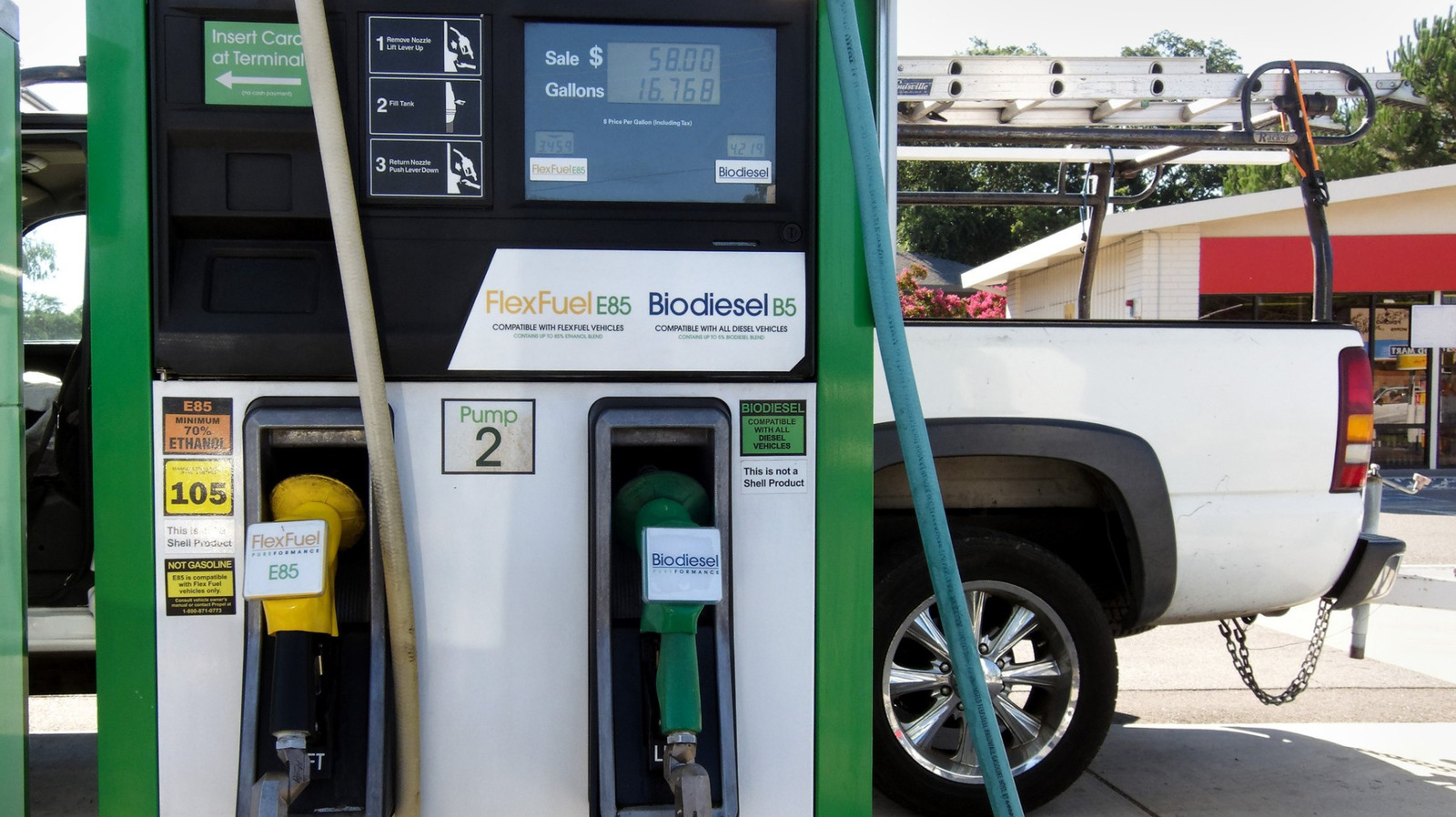Rapid Read • 8 min read
The U.S. Department of Agriculture’s National Agricultural Statistics Service has released its 2025 Land Values Summary, indicating a rise in farm real estate values across the United States. The average value of farm real estate, which includes all land and buildings on farms, has increased to $4,350 per acre, marking a 4.3 percent rise from 2024. California leads the nation with the highest farmland real estate value at $13,700 per acre, reflecting a 2.2 percent increase from the previous year. Additionally, the average cropland value in the U.S. has risen to $5,830 per acre, a 4.7 percent increase from the prior year. Notably, California's cropland value is the highest at $17,940 per acre, while Iowa's cropland value has increased by 5.1 percent to $10,300 per acre. The average pasture value in the U.S. has also seen a 4.9 percent increase, reaching $1,920 per acre.
AD
The increase in farm real estate values is significant for several stakeholders, including farmers, investors, and policymakers. Higher land values can impact the agricultural sector by increasing the cost of entry for new farmers and affecting the profitability of existing operations. For investors, rising land values may present opportunities for investment in agricultural real estate, potentially leading to increased interest in farmland as a stable asset class. Policymakers may need to consider these trends when developing agricultural policies, particularly those related to land use and rural development. The rise in land values also reflects broader economic trends, such as inflation and demand for agricultural products, which can influence the overall economic landscape.
As farm real estate values continue to rise, stakeholders may need to adapt to the changing economic environment. Farmers might explore strategies to optimize land use and improve productivity to offset higher land costs. Investors could seek to capitalize on the appreciation of farmland values, potentially driving further investment in the sector. Policymakers may need to address the implications of rising land values on rural communities and agricultural sustainability. Additionally, ongoing monitoring of land value trends will be crucial for understanding the long-term impacts on the agricultural industry and the broader economy.
AD
More Stories You Might Enjoy











